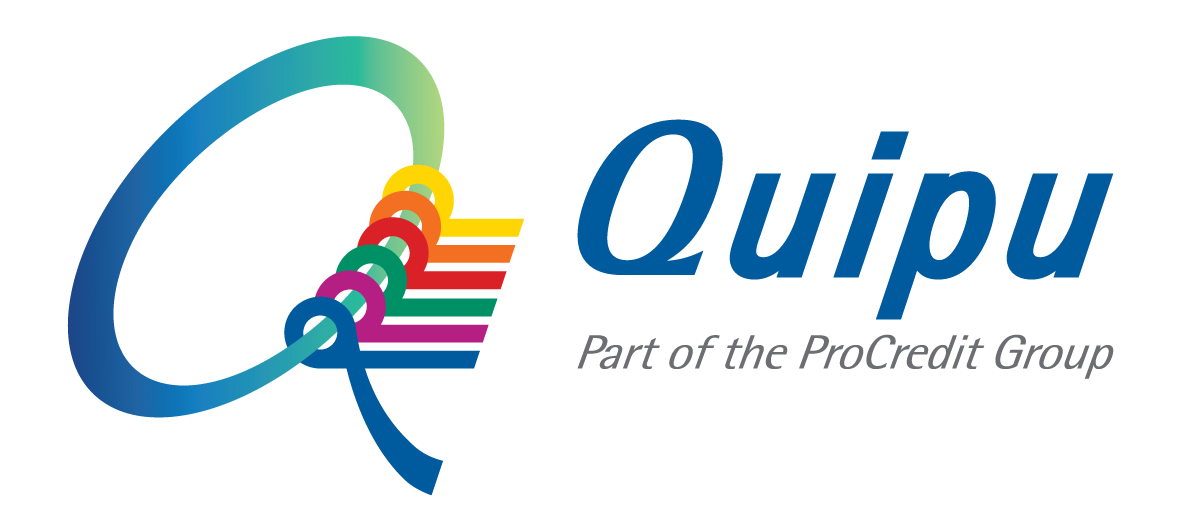
February 17, 2025
How soft launches are game changers for launching digital products
In the competitive digital banking world, top fintechs and banks leverage soft launches to introduce new mobile apps more effectively. Instead of waiting until an app is fully developed, companies release it in phases—starting with a limited audience—to test, refine, and optimize before a full-scale launch. This approach has become a best practice in the industry, ensuring faster time-to-market, better user feedback, and a superior final product.
Why do leading Banks and Fintechs choose soft launches?
Major players like Revolut, N26, and Monzo have successfully used soft launches to roll out their mobile banking apps. Here’s why this method is so effective:
- User-driven refinement: Early adopters provide real-time feedback, helping companies fine-tune features before a wider release.
- Risk reduction: Launching in controlled phases minimizes the impact of potential issues, allowing companies to make quick adjustments.
- Performance optimization: Real-world usage data helps improve stability, security, and speed.
- Market adaptability: Companies can test different features in various regions before making global decisions.
In addition, Incremental delivery isn’t just about agility—it’s a financially savvy strategy that optimizes cash flow, reduces capital risk, and accelerates ROI. Here is how:
- Shorter investment cycles
– Traditional projects require large upfront investments with delayed returns. Incremental delivery allows organizations to fund phases based on proven success.
– Example: A fintech startup releases a basic budgeting tool first. Early user adoption attracts seed funding, which finances the next phase (e.g., investment tracking).
- Risk-adjusted capital allocation
– Investors and CFOs prefer spreading risk across smaller bets. Each increment acts as a “proof point” to justify further funding.
– Example: A retail company tests an AI chatbot for customer service in one region. Positive ROI (reduced call volume) justifies scaling it globally.
- Faster ROI acceleration
– Delivering value early means revenue generation starts sooner. Even modest returns from initial increments compound over time.
– Example: A SaaS company launches a core feature (e.g., project management), monetizes it, and uses cash flow to fund add-ons (e.g., analytics).
- Adaptive budgeting
– Teams can reallocate funds based on feedback. Underperforming increments are paused, while high-value ones are prioritized.
– Example: A gaming studio invests in a “battle pass” system first. When players engage, they redirect resources to expand it, shelving less popular ideas.
The competitive edge of soft launches in banking
Soft launches are no longer just for startups—traditional banks are now following this practice. European banks like BBVA and Deutsche Bank have adopted phased rollouts for mobile banking features, recognizing the benefits of agility, flexibility, and customer-driven development.
With an increasing number of financial institutions shifting to incremental releases, soft launches are proving to be a critical success factor in the evolution of digital banking. By embracing this approach, banks can stay ahead of market demands, deliver seamless user experiences, and ensure the long-term success of their digital products.
How to successfully soft launch a digital product
Define key objectives
- Determine what you want to achieve with the soft launch (e.g., testing features, gathering feedback, performance validation).
Select a target audience
- Choose a limited user group (e.g., a specific region, early adopters, or internal testers) to monitor engagement and collect insights.
Launch a Minimum Viable Product (MVP)
- Release a functional but simplified version of the product to test core functionalities before expanding.
Monitor usage and gather feedback
- Analyze performance metrics, user behavior, and direct feedback to identify areas for improvement.
Iterate and optimize
- Make data-driven adjustments, refine UX/UI, fix bugs, and enhance security based on findings from the soft launch phase.
Gradually scale up
- Expand access to more users while continuously monitoring performance, ensuring stability before the full release.
Execute a full launch
- Once optimized, roll out the final version with a strong marketing strategy and support plan.
By following this approach, banks can reduce risks, enhance customer satisfaction, and launch superior digital products that evolve with user needs.

